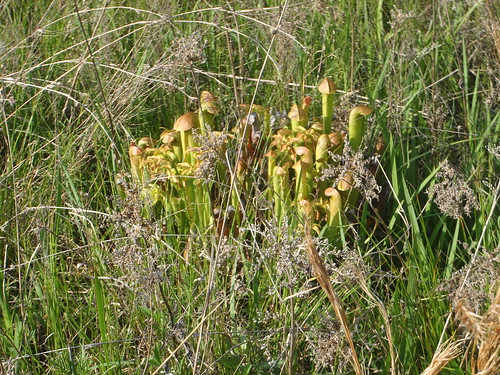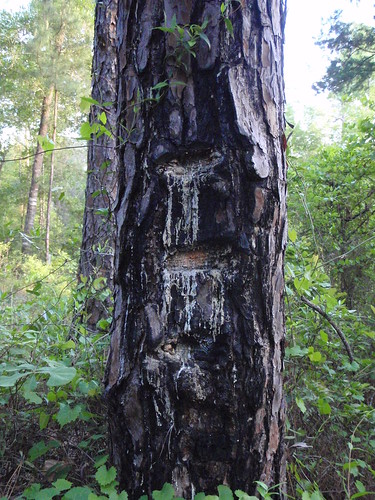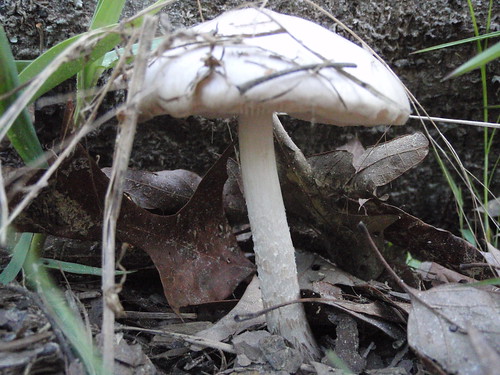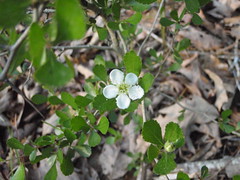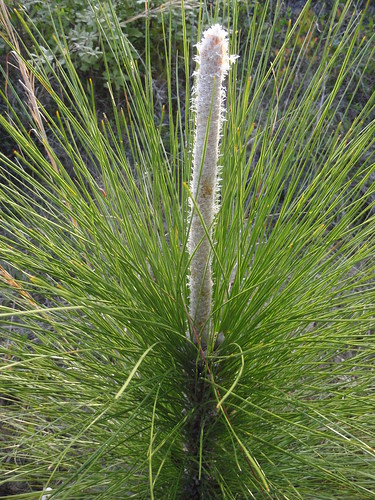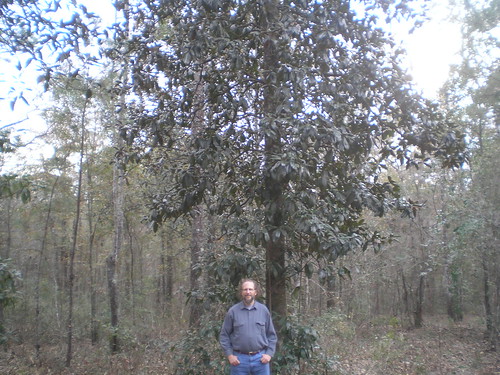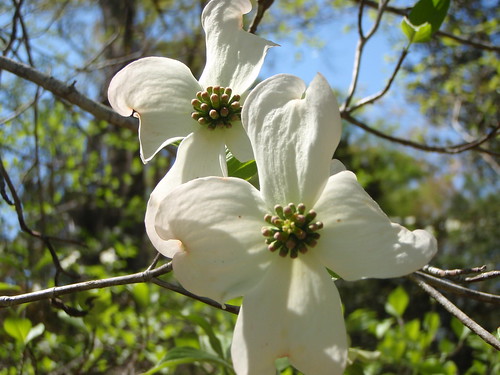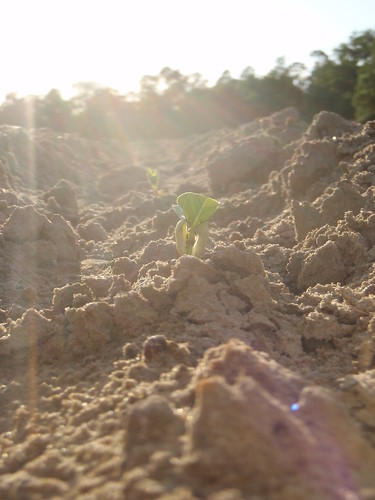Gretchen, can you use the long lens? Continue reading
Category Archives: Plants
Food Conversations Quantified
 Bill McKibben on
Why Future Prosperity Depends on More Socializing —
Access to cheap energy made us rich, wrecked our climate and left us lonely,
and what to do about it:
Bill McKibben on
Why Future Prosperity Depends on More Socializing —
Access to cheap energy made us rich, wrecked our climate and left us lonely,
and what to do about it:
Often a farmers’ market is the catalyst — not just because people find that they like local produce, but because they actually meet each other again. This is not sentiment talking; this is data. A team of sociologists recently followed shoppers around supermarkets and then farmers’ markets. You know the drill at the Stop’n‘Shop: you come in the automatic door, fall into a light fluorescent trance, visit the stations of the cross around the perimeter of the store, exit after a discussion of credit or debit, paper or plastic. But that’s not what happens at farmers’ markets. On average, the sociologists found, people were having ten times as many conversations per visit. They were starting to rebuild the withered network that we call a community. So it shouldn’t surprise us that farmers’ markets are the fastest-growing part of our food economy; they are simply the way that humans have always shopped, acquiring gossip and good cheer along with calories.Local food isn’t just about food: it’s also about conversations and community.
So if you want to act the way you feel, one way to start is to change your obesity network by going to the farmer’s market. It’s good for the local economy and environment, too.
Grand Bay Channels
Sunbeams: Continue reading
Line Tree
Some smilax and grape vines: Continue reading
In the spring piney woods
Candling Longleaf
This nine foot loblolly is about 3 years old, as you can see since John S. Quarterman can reach 8 feet high and it’s a foot higher than that: Continue reading
Elsie Quarterman Glade Festival
 Some of you may remember my aunt, Elsie Quarterman, born in Valdosta,
played basketball for Hahira High School:
Some of you may remember my aunt, Elsie Quarterman, born in Valdosta,
played basketball for Hahira High School:
At 99 years old she won’t be outwalking everybody like she used to, but she will be there. Road trip to Lebanon, Tennessee? Y’all come!Cedars of Lebanon State Park will host its annual Elsie Quarterman Cedar Glade Wildflower Festival April 30 – May 1. Held in partnership with The Center for Cedar Glade Studies of Middle Tennessee State University, this event will offer visitors an opportunity to learn more about the area through seminars, guided nature walks, exhibits, guest speakers and naturalist displays. All events are free and open to the public.
“We are honored to be hosting this 33rd annual event and excited about the roster of experts on hand during this two-day festival,” said Park Ranger and Naturalist Wayne Ingram. “We have numerous activities and educational opportunities planned for all ages and encourage everyone to join us – rain or shine.”
Dr. Elsie Quarterman was professor Emeritus of Vanderbilt University and pioneered cedar glade research in the early 1950s. Coupled with her extensive research at this site, Dr. Quarterman has been an advocate for natural area protection throughout her distinguished career. Her efforts helped Tennessee in 1971 become one of the first states to pass legislation to protect natural areas in the U.S.
Echinacea tennesseensis, the Tennessee coneflower, thought to be extinct until Elsie rediscovered it: Continue reading
The superb magnolia
“DURING a progress of near seventy miles, through this high forest, there constantly presented to view on one hand or the other, spacious groves of this fine flowering tree [the dogwood], which must, in the spring season, when covered with blosoms present a most pleasing scene; when at the same time a variety of other sweet shrubs display their beauty, adorned in their gay apparel, as the Halesia, Stewartia, Æsculus pavia, Æsc. alba, Æsc. Florid. ramis divaricatis, thyrsis grandis, flosculis expansis incarnatis, Azalea, &c. intangled with garlands of Bignonea crucigera, Big. radicans, Big. sempervirens, Glycine frutescens, Lonicera sempervirens, &c. and at the same time the superb Magnolia grandiflora, standing in front of the dark groves, towering far above the common level.”Picture of John S. Quarterman in front of a magnolia by Gretchen Quarterman, Lowndes County, Georgia, 19 Dec 2006.
—William Bartram, 1773
Dogwoods blooming
Like snow in the sky: Continue reading
